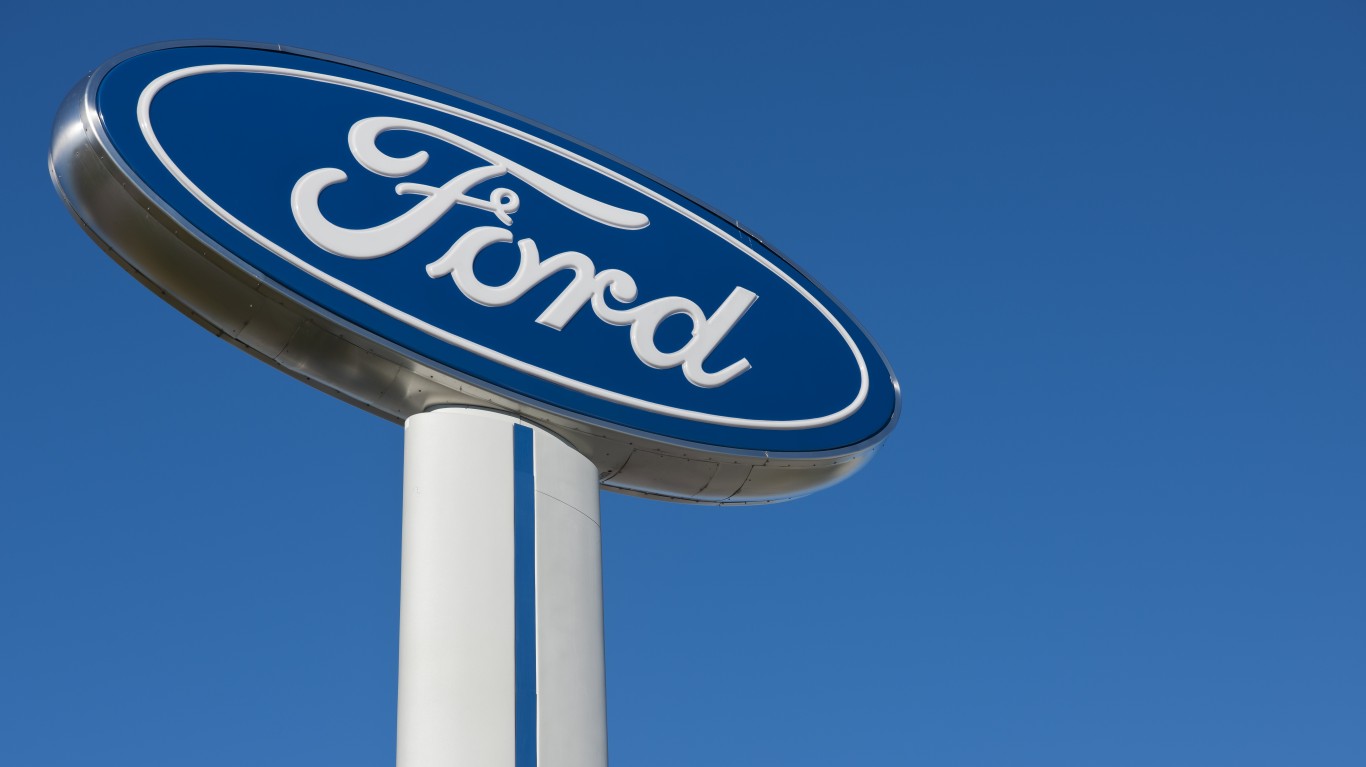
It seems logical to believe that Ford ’s (NYSE: F) stock would recover from its plunge when the UAW was on strike. The strike may be over, but the shares are near a 52-week low. The problem is that investors believe Ford cut deals from which it will not recover.
The improved deal for workers will cost Ford billions of dollars in compensation over the next four years. This, in turn, will make it harder for Ford to invest in product development and the billions of dollars it planned to spend on EV expansion. But the problems are worse.
People are not buying Ford’s EVs, particularly its F-150 Lightning. Ford presumed the sales of the Lightning would rise into the hundreds of thousands, The gas-powered version has been the best-selling vehicle in the US for over four decades. Ford had a built-in market for the F-150 EV version it appeared. However, people do not want it. Rather, Ford’s success has been with the truck’s hybrid version.
There is a lingering belief that CEO Jim Farley and Executive Chairman Bill Ford have been poor stewards. They have been wrong about expense levels, as earnings statements have shown. They mispriced their EVs, which triggered many changes in what they charged customers. They have laid out an EV future that was too expensive and executed without any proof from the market that EV sales would surge.
Ford, it has started to appear, will be a gas-powered car company for years to come. The market is not ready to adopt EVs rapidly in general. People don’t like how long it takes to charge EVs, their short driving ranges, and the small number of charging stations. There are 125,000 gas stations in America, by contrast.
Ford is caught in its past; without any evidence, it has a road map for its future, while at the same time, its expenses have surged.
Also read: Owning a Ford F-150: The Good, the Bad and the Ugly
Get Ready To Retire (Sponsored)
Start by taking a quick retirement quiz from SmartAsset that will match you with up to 3 financial advisors that serve your area and beyond in 5 minutes, or less.
Each advisor has been vetted by SmartAsset and is held to a fiduciary standard to act in your best interests.
Here’s how it works:
1. Answer SmartAsset advisor match quiz
2. Review your pre-screened matches at your leisure. Check out the advisors’ profiles.
3. Speak with advisors at no cost to you. Have an introductory call on the phone or introduction in person and choose whom to work with in the future
Get started right here.
Thank you for reading! Have some feedback for us?
Contact the 24/7 Wall St. editorial team.



